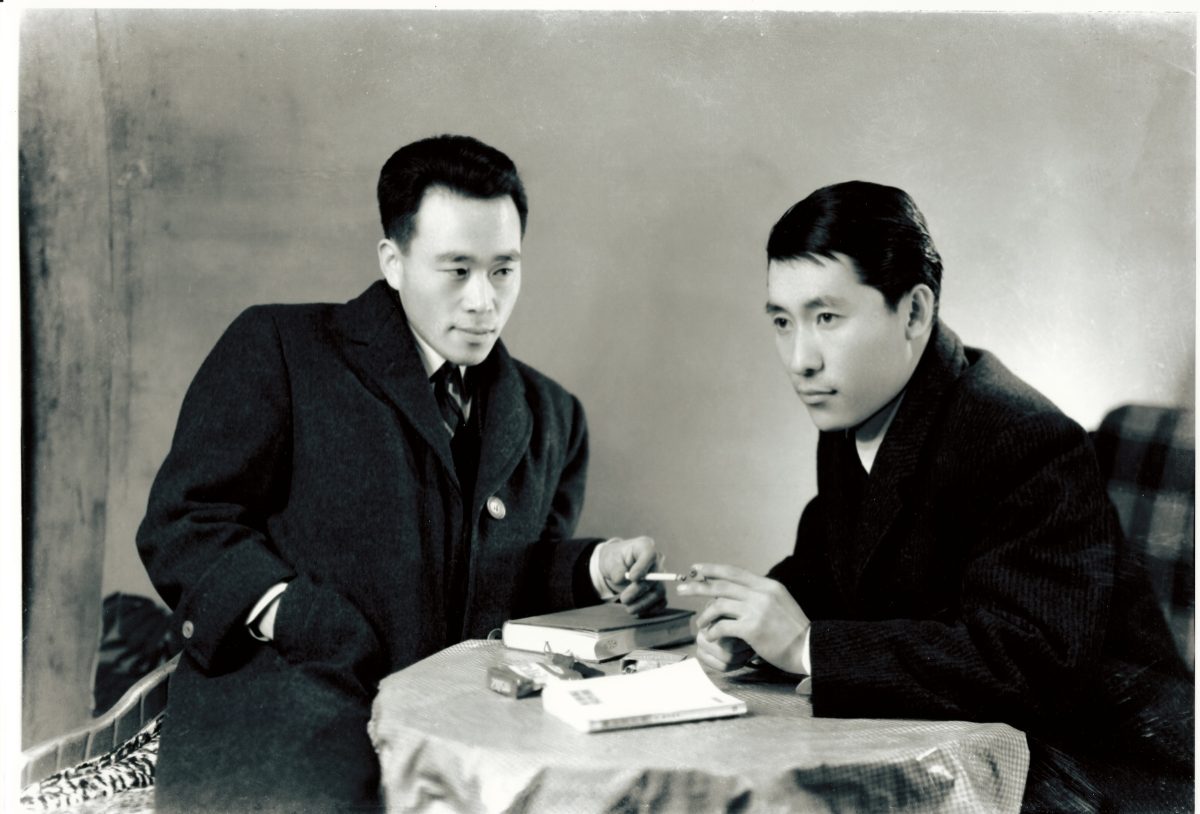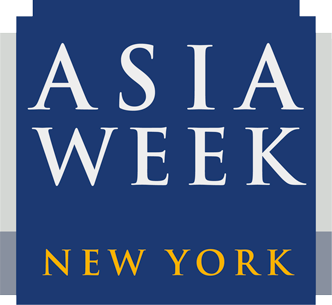
Park Seo-Bo (left) and Kim Tschang-Yeul (right) at a photo studio in Anguk-dong, Seoul in 1958. Photo courtesy PARKSEOBO FOUNDATION
The Making of Modern Korean Art
The Letters of Kim Tschang-Yeul, Kim Whanki, Lee Ufan, and Park Seo-Bo, 1961–1982
Friday, May 9, 2025 from 6-7:30pm
725 Park Avenue, NYC
On the occasion of the new publication, The Making of Modern Korean Art: The Letters of Kim Tschang-Yeul, Kim Whanki, Lee Ufan, and Park Seo-Bo, 1961–1982, Asia Society brings together the contributors of this seminal book to share new scholarship on the role four pioneering artists played in the building of a modern identity of a nation through their artistic and intellectual exchanges, in the wake of a series of tumultuous historical events. This program is co-presented with Tina Kim Gallery.
The book includes newly translated, previously unpublished correspondences among the four titular artists, co-edited by Dr. Yeon Shim Chung, Professor of Art History and Theory at Hongik University, Seoul; and Doryun Chong, Artistic Director and Chief Curator at M+, Hong Kong. Kyung An, Curator of Asian Art at the Solomon R. Guggenheim Museum, New York, also contributes to this title. Published by Gregory R. Miller & Co, the title is a new milestone in the field of modern and contemporary Asian art, providing a comprehensive English-language survey of Korean abstraction that further contextualizes the best-known Dansaekhwa as one part of diverse and robust postwar Korean art movements. All three contributors will be speaking at the Asia Society program, along with the artist Lee Ufan, moderated by Yasufumi Nakamori, Vice President of Arts & Culture and Director of Asia Society Museum, and Andrew Russeth, Editor of Artnet News Pro.
Limited copies of the book will be available for purchase at the event, after the conversation.
The Making of Modern Korean Art sets up the scene in the aftermath of the Korean War (1950–1953), when Korean artists were redefining their cultural identity while articulating their collective trauma and existential dislocation. Many turned to abstraction when forging a distinctly Korean modernity.
To learn more and register, click here.
